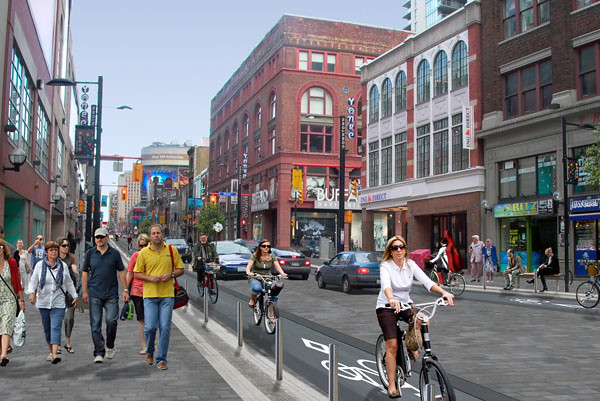kotsy
Senior Member
What an honour! 
Here's one more from up the street. I can't believe how reflective this glass is. This building is stunning!
 Ryerson Student Center Construction - Yonge & Gould by chris.kotsy, on Flickr
Ryerson Student Center Construction - Yonge & Gould by chris.kotsy, on Flickr
My favourite way to capture this building
 Ryerson Student Center Construction by chris.kotsy, on Flickr
Ryerson Student Center Construction by chris.kotsy, on Flickr
Here's one more from up the street. I can't believe how reflective this glass is. This building is stunning!
 Ryerson Student Center Construction - Yonge & Gould by chris.kotsy, on Flickr
Ryerson Student Center Construction - Yonge & Gould by chris.kotsy, on FlickrMy favourite way to capture this building
 Ryerson Student Center Construction by chris.kotsy, on Flickr
Ryerson Student Center Construction by chris.kotsy, on Flickr
Last edited:

